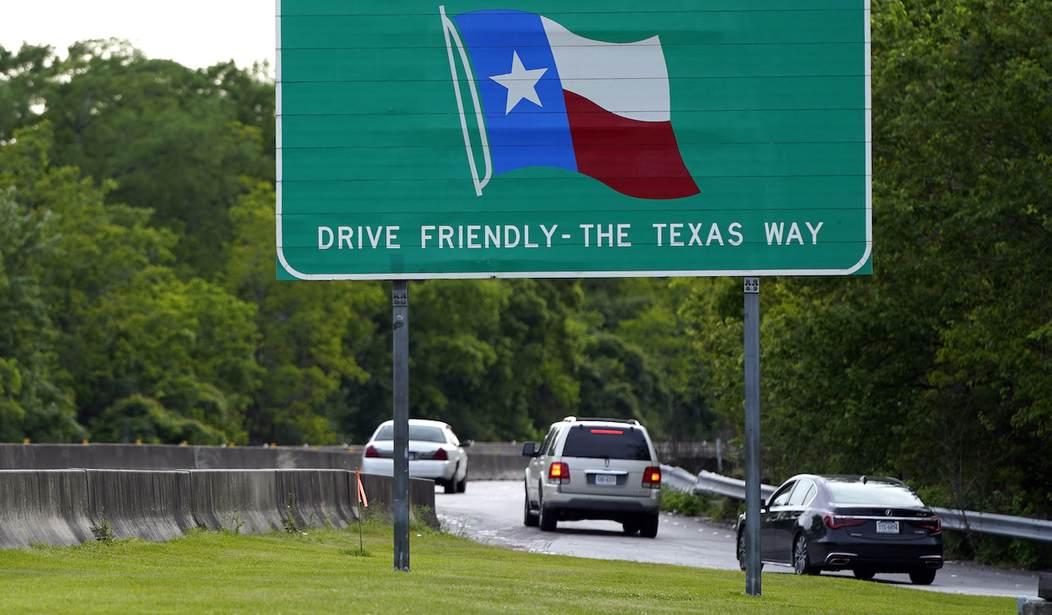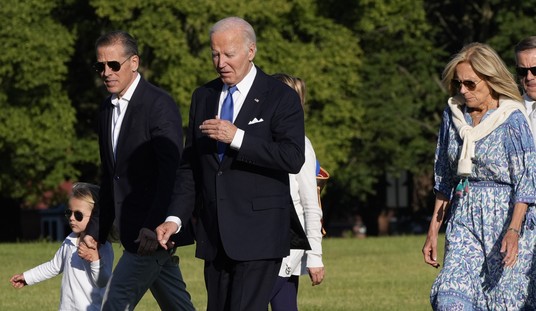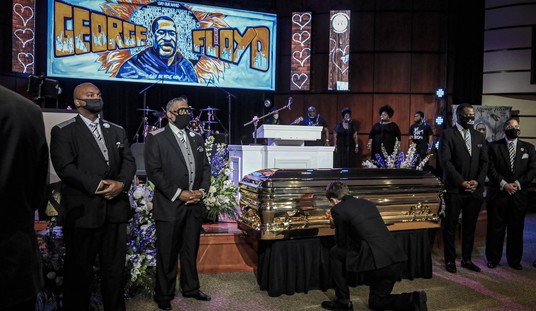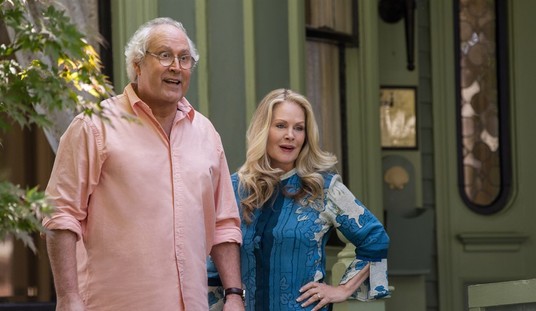
There’s a split in the thinking of the American people when it comes to whether or not we should open the country back up to the normalcy we once enjoyed. For many, the virus is too contagious to risk getting back to our lifestyles. For others, this virus had its day but now it’s time to stop hiding and start rescuing ourselves from ruin.
I’ve made it no secret that I belong to the latter group.
I’ve reported on many occasions about how the information continuously released about the virus dulls whatever sharp edges it may have had. For one, the death rate continues to fall as more testing comes out. We’ve discovered that the virus has likely been around a lot longer than we thought, possibly all the way back in December. Meaning that many more people had the virus and we just never knew it because it’s inconsequential for many who contract it.
With all this in mind, and with the news of the coming food shortage, opening the country back up seems like a better idea than continuing this course and suffering much greater consequences in the near future.
(READ: Poverty Is a Bigger Health Threat Than COVID-19)
Regardless, this all seems to be happening despite protests from the “stay closed” crowd. Georgia and Texas are pulling the plug on the shelter orders and opening up businesses to customers. Alaska, Iowa, Montana, North Dakota, and more are also following suit.
At this point, reopening the country is happening no matter what. It’s not going to be stopped.
The name of the game now is to get economies back up and running. How fast can it be done while trying to make sure precautions and safety measures are taken? To that, I can’t help but wonder if this is more to make people feel safer than actually be safer. If you’re opening up locations like restaurants to return to being dine-in experiences then it should be noted that much of what will be considered “precautions” will, in reality, just be theater.
This is a virus capable of being transmitted through very near-airborne means. Water droplets from coughing or sneezing contain the virus. People cough and sneeze during meals all the time and even if you cover your mouth and nose as you’re supposed to, there’s a myriad of ways it can spread.
Let’s say you cough into your sleeve. That’s cool but your sleeve may rub up against a wall or door frame where the virus may live for a bit until someone rubs it on their skin or clothing.
You talk into and touch your cell phone all the time. You may set it down on a surface during your meal and someone else touches that surface not long after you do while you’re still sitting there. Since waiters won’t spray disinfecting around your food while you eat, that virus is still going to find its way to someone else.
We naturally produce spit while we talk and it’s not a stretch to believe that some of that is going to find its way out of our mouths at some point.
What’s more, waiters aren’t going to give the entire area a cleaning, especially during business hours. Every nook and cranny isn’t going to seen to, and some might not even be thought of. If we’re opening place back up, precaution may reduce the chances but not by much.
So the question is, how far do we take this idea of “precaution?”
Since the virus is likely a widespread thing already, we shouldn’t be focusing too hard on stopping the spread. It’s spread and that’s that. What we should be focusing on now is how fast we can open in order to make sure we still have a country when this is all over. State governments seem to be scaling their response according to this metric, not managing the virus.
Given the info we have about the virus, I think this is wise but it also signals something interesting. Many governments have recognized the bigger threat in the jungle and are acting accordingly. The question now is seeing which states are the first to just toss out the act and takes the audacious plunge into all-out normalcy.














